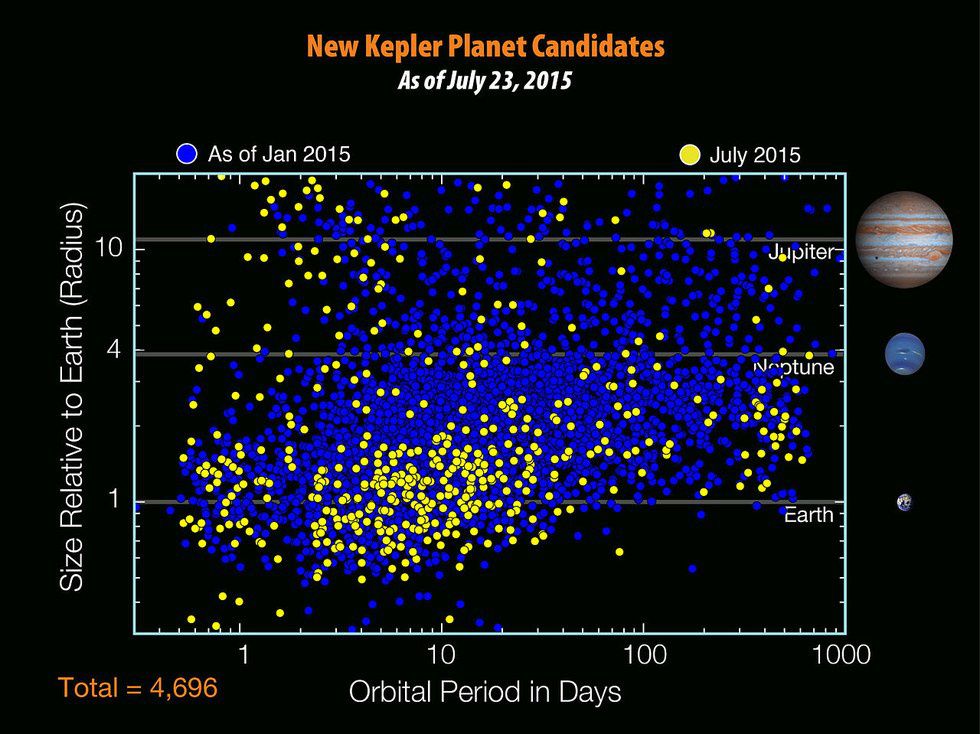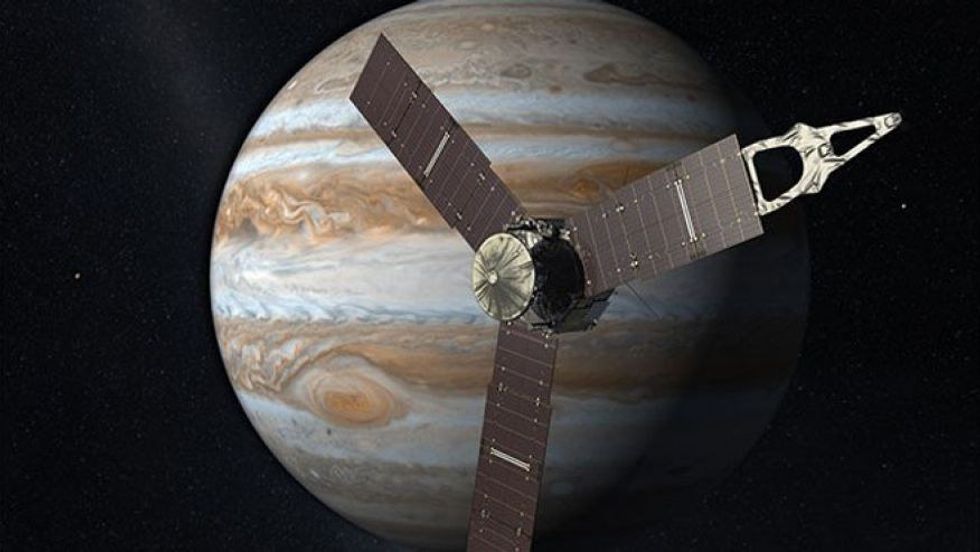Exoplanets, planets that orbit stars other than our own sun,
were only confirmed in 1992. Astronomers and physicists had suspected they
existed since at least the 1800s, but the difficulties of observing space made
it impossible to confirm this suspicion until very recently. However, in the
last 24 years alone a total of 3,501 exoplanets have been discovered,
confirmed, documented, and named by various astronomical associations around
the world, and about 2,900 more potential candidates have been identified and
are awaiting confirmation.
One of these candidates, until recently, was the nearest
system to our own star system: Proxima Centauri, a red dwarf only 4.25 light
years away from the Sun. Earlier this month, the European Southern Observatory
(ESO) confirmed the existence of Proxima Centauri B, an earth-like rocky planet
that may very well be orbiting within the so-called habitable zone of the star.
They even suspect that there may be substantial amounts of liquid water already
on the surface of the exoplanet.
If this is true, then Proxima Centauri B may serve as the
perfect stopping off point for deep-space exploration, and for the detection of
alien life. The planet may well be already inhabited by lifeforms resembling
life on earth, and even if it isn’t its relative habitability makes it an
excellent location for a potential extrasolar space station.
However, a major problem is still getting there in the first place. Proxima Centauri B is by far the closest star to our current location, but four light years is still four light years. Even if we could create a space ship that could not only support a large number of crew and passengers as it travels through the depths of the void, and be able to set up a station on a potentially hostile exoplanet, it would have to be able to travel at light speed to be able to arrive there in four years.
And if the best we can do is our current speed of space-travel… well, the fastest man-made object ever was the Juno space probe, which achieved 165,000 miles per hour a few years back. But even that ludicrous speed would take over 150 million years for the Juno to reach the Proxima Centauri system
That’s longer than human beings have been in existence. That’s longer than dinosaurs have been in existence, and they’re already no longer in existence. If we sent a mission to Proxima Centauri at that speed, the colonizing passengers and crew would evolve into something unrecognizable and then possibly go extinct by the time they arrive. And then when they get there, they’d be completely unable to communicate with Earth. It would take a well composed message at least four years to get back to our pale blue dot of a planet, and that’s even assuming that after 150 million years there’s anybody around to pick up the phone, so to speak.
Despite the practical concerns of even being able to send a
mission to explore this newly discovered exoplanet, this is still a major step
forward. Technology is always advancing, and it’s entirely possible that a
craft capable of traveling at near-lightspeed will be invented at some point
within the next few centuries, and in that event Proxima Centauri B will likely
serve as our first destination outside of our own solar system.






















